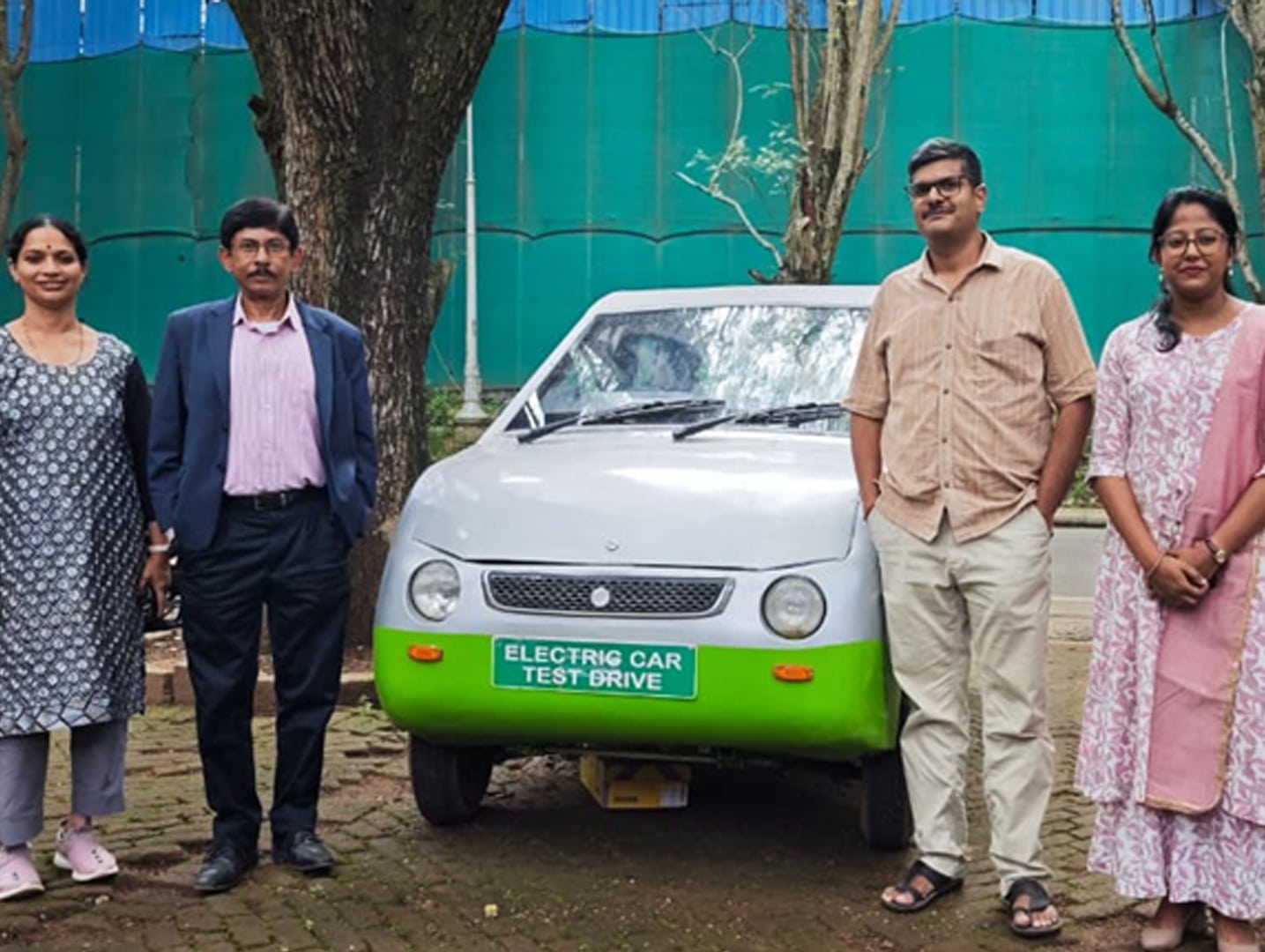Publication – Manufacturing Today
Fostering collaboration, addressing key challenges, and creating an accelerator will boost India’s manufacturing and innovation growth
The Viksit Bharat Vision: Forging a $30 Trillion Future Through Hi-Tech Manufacturing. The nation’s vision is clear: a $30 trillion economy in India’s manufacturing by 2047. But this ambition demands more than incremental progress. To truly ignite this transformation, we must supercharge two critical engines: cutting-edge manufacturing and the relentless R&D that fuels it.
While our manufacturing volumes surge, a crucial gap of technological self-reliance remains. Currently, we import nearly 40 per cent of our capital goods, which increases production costs and impacts global competitiveness. A consequence of excessive reliance on imported technology, compounded by a severely underfunded R&D landscape.
With a mere 0.7 per cent of GDP invested in R&D, we lag far behind global leaders like the US and China (that invest 2.6 per cent and 2.8 per cent of their GDPs in R&D respectively). To truly realise our $30 trillion vision, we must shift from being net technology importers to innovators. It’s time for Indian manufacturers to build robust, economically viable R&D capabilities, securing our future as a global powerhouse.
Historically, India’s industrial foundation was built on strong academia-industry synergy, with institutions like IISc driving innovation. A disconnect has arisen over time, where the early-stage discoveries in our research labs (TRLs 1-4) are not effectively translating into the mature technologies our industries require for production (TRLs 7-9). To realise our vision of becoming a technology leader, we must cultivate collaboration in the crucial middle TRLs (5-6), enabling the seamless transition of concepts into impactful products.
However, several key challenges hinder effective collaboration between academia and industry. (TRL– Technology Readiness Level – a measure of maturity of a particular technology for commercialisation. 1 being an idea and 9 being a mature technology already proven in the market)
Key challenges
Leading among them are:
Priorities and timelines
Intellectual property (IP) ownership and use
Funding and resource constraints
Skill gap and talent mobility
Imagine a powerful engine driving India’s manufacturing revolution: a national product accelerator, open to all sectors, expertly designed to bridge the gap between our brilliant academic minds and our dynamic industries. This program, run by a dedicated entity, would directly tackle the challenges we face – boosting R&D, fostering collaboration, coordinating funds, streamlining policy, and ensuring sustainable growth.
By nurturing innovation and facilitating technology transfer, it would propel India’s manufacturing sector towards the ambitious 12x growth needed by 2047, transforming India into a global technology leader. The government, acting as a strategic curator, holds a vital role in this nation-building endeavour, guiding us towards a strong, self-reliant manufacturing economy.
This accelerator could act as a national network of hubs, facilitating industry-academia interactions, providing funding for collaborative projects, and offering mentorship and guidance to researchers and enterprises. It would also help to align research priorities with industry needs, ensuring that academic innovations have a clear path to commercialisation. Through such initiatives, we can create a vibrant ecosystem of innovation, driving India’s manufacturing sector towards unprecedented growth and global leadership.
Bridging these gaps will not just accelerate India’s manufacturing growth but position India as a global innovation leader.



